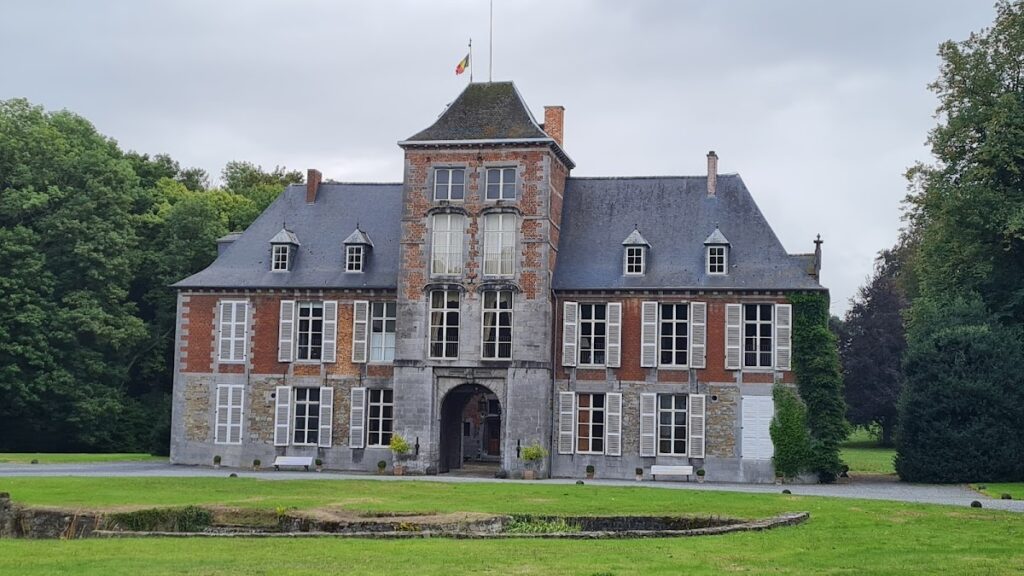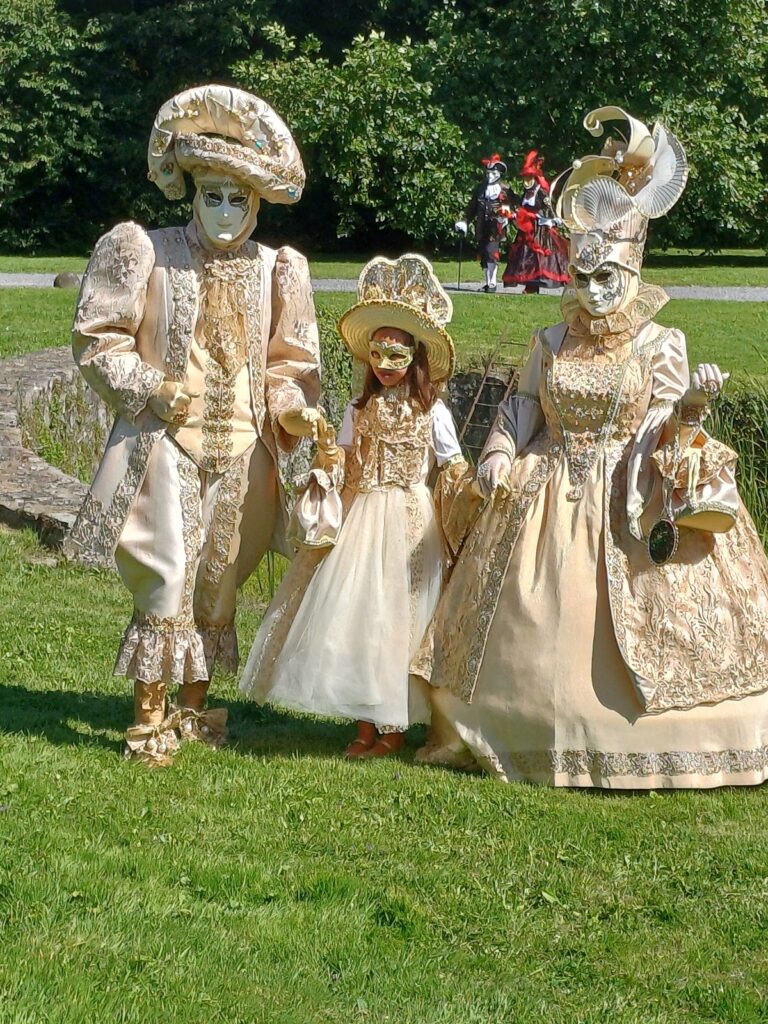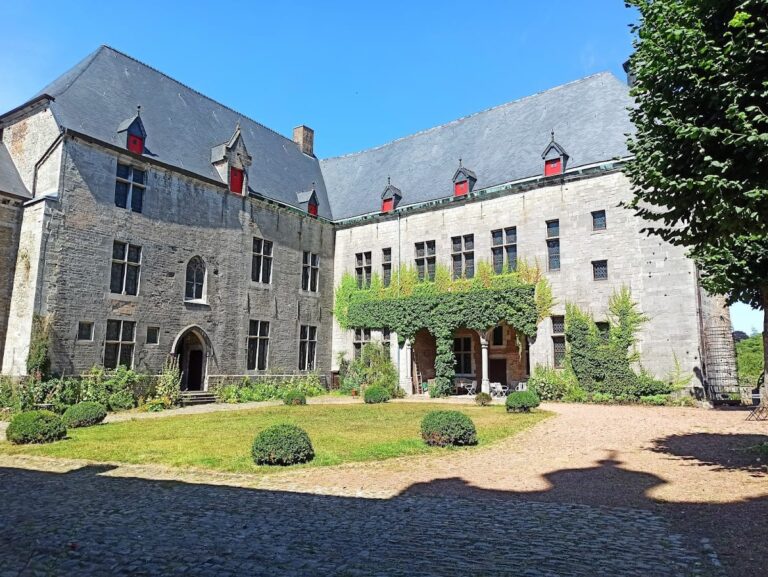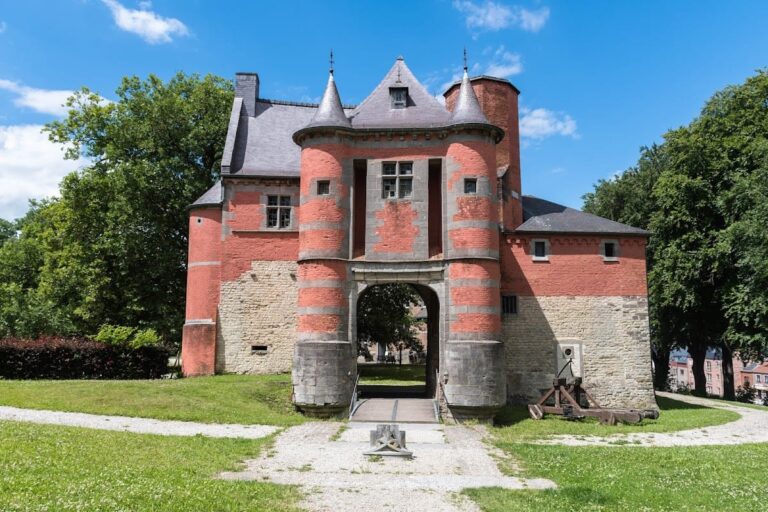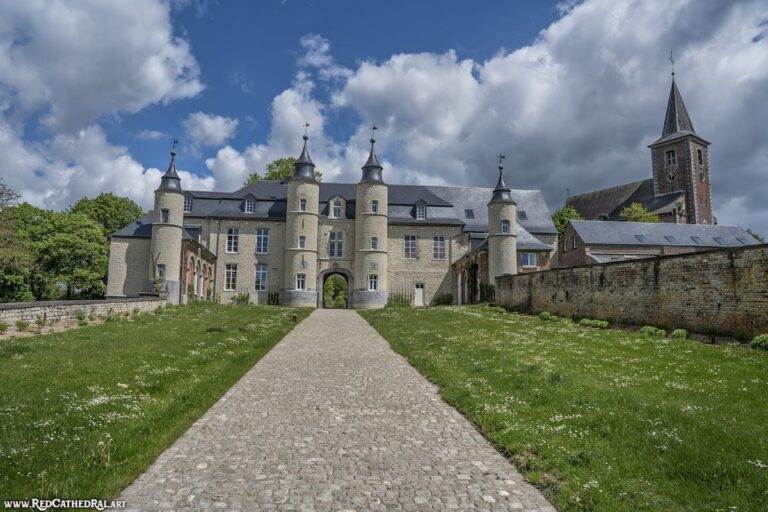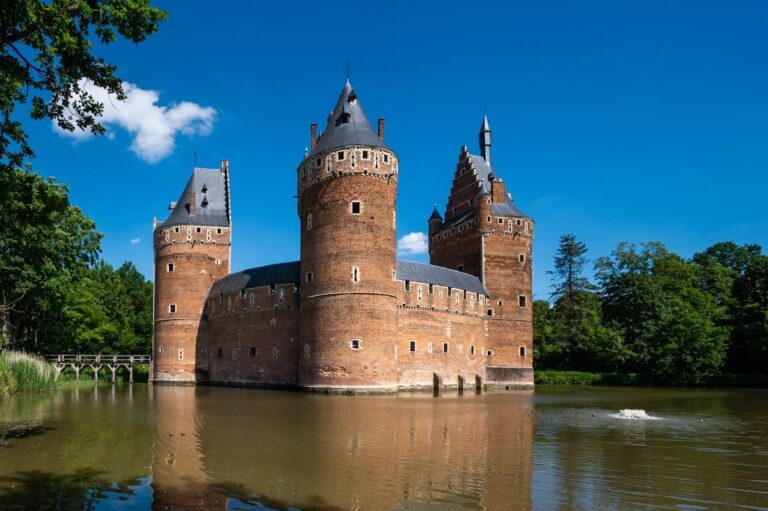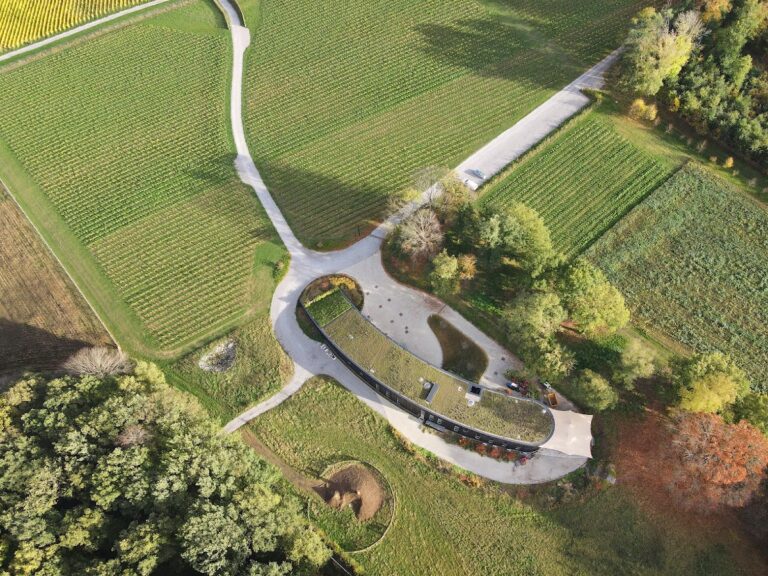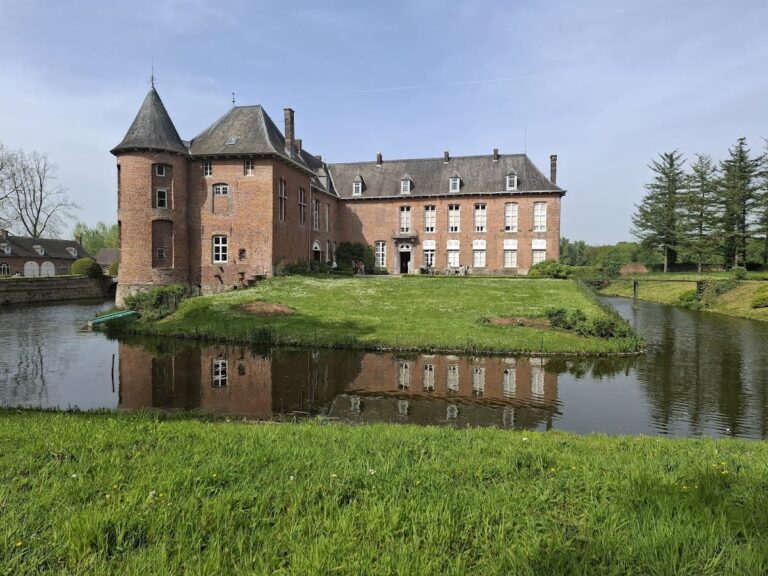La Follie Castle: A Historic Fortified Residence in Écaussinnes, Belgium
Visitor Information
Google Rating: 4.5
Popularity: Very Low
Google Maps: View on Google Maps
Country: Belgium
Civilization: Unclassified
Remains: Military
History
La Follie Castle is situated in the municipality of Écaussinnes, Belgium. The site was originally developed by medieval European lords as a fortified residence and evolved through several centuries of occupation and remodeling.
The earliest known construction at the location dates back to the 14th century, when a fortress was established on the banks of the Sennette River. This original stronghold belonged first to the lords of Roeulx and later passed into the hands of the lords of Enghien. During the turbulent period of the Flemish Revolt against Maximilian I in 1488, the castle was inhabited by the d’Orley family. Bernard II d’Orley and his supporters played a prominent role in resisting the rebel forces from Brussels, with the fortress notably enduring the siege attempts during this conflict.
Following Bernard II d’Orley’s death in 1506, his widow, Isabeau de Wittem, undertook significant renovations that transformed the austere fortress into a more comfortable manor. These adaptations included the introduction of large windows, aligning with Renaissance tastes and making the castle better suited for residential use rather than purely military defense. Over the following centuries, the castle continued its role as a noble residence, with a notable restoration occurring in the early 1800s.
In the 20th century, historical interest in the site grew. Excavations carried out in 1928 by Pierre de Lichtervelde uncovered remnants of the 14th-century defensive structures, including moats that had been concealed beneath the current building. The castle was officially protected as a monument beginning in 1976, highlighting its cultural importance. Additionally, the castle’s chapel has earned recognition as an exceptional heritage site within Wallonia, underscoring its architectural and historic value. Among the castle’s treasured artifacts are a series of paintings believed to be by Jacob van Lathem, which depict the stay and death of Philip the Handsome in Spain in 1506, linking the site to broader European history.
Today, La Follie Castle continues to be a place where cultural activities occur, reflecting its ongoing role in the region’s heritage.
Remains
La Follie Castle was originally built as a quadrilateral fortress during the 14th century, featuring four round towers at each corner. These towers, equipped with machicolations—openings through which defenders could drop projectiles or boiling substances—were connected by walls that were three meters thick. Surrounding the entire structure was a moat, a water-filled ditch intended for defense, and access to the castle was granted via a drawbridge.
Beneath the current 16th-century manor, which rests upon the earlier foundations, extensive vaulted cellars preserve evidence of the original fortification. These underground spaces reveal the bases of the four corner towers, still visible within the brick and stone vaulting. A fireplace found in the cellars suggests that these areas were habitable spaces even in the medieval period, indicating a more complex use than mere storage or defense. When the castle was reconstructed in the 16th century, the floor level was raised, placing the earlier vaulted cellars fully underground and repurposing them as cellar spaces.
A particularly distinctive feature of the site is the octagonal chapel dedicated to Saint Christopher, located within the castle’s inner courtyard. Constructed during the Renaissance period, the chapel is notable for its painted rib vaults—the arches forming a skeleton for the ceiling—and four original stained-glass windows that date back to that same era. This chapel has been recognized for its exceptional heritage value within Wallonia, emphasizing its artistic and historical importance alongside the castle itself.
Together, these archaeological and architectural elements provide a layered view of La Follie Castle’s long history, revealing transitions from a fortified medieval stronghold to a Renaissance residence that preserved and adapted its earlier features.
